The New Year is here and there is just no better time to make big, positive changes!
One resolution guaranteed to change your life is going plastic-free, and that single choice magnifies to benefit every living thing on this planet! Even better, switching it up to go plastic-free is as easy as swerving plastic bags or choosing bamboo straws. It’s incredibly easy to start and simple to maintain.
In a two-part blog on going plastic-free (and the move into a more eco-friendly lifestyle), I’ll be sharing the swaps, tips and wisdoms I’ve learned over the past year in my own plastic-free journey, to help you (in any way I can) begin yours 🙂
Part one (click here to see it) highlighted some quick and simple plastic-free swaps to get you moving plastic-free, from switching bottles for bars in the bathroom to carrying plastic-free bottles and bags with you.
Part two is all about the bigger picture! Here, I’ll be sharing some useful mindsets and mantras for going plastic-free, and talking about why it all matters.
NEW YEAR, NEW MINDSET
Green living is like a giant health kick for the planet – we’re making small choices for big benefit to our world, and every time we choose against plastic, or fossil fuels, or animal cruelty, for example, we’re choosing forests, fresh air and freedom. We’re choosing to respect and heal our planet.
Going plastic-free is a great start to sustainable living, as plastic is such a large part of what ails the Earth.
There are three things big that I think leads people to choose plastic:
- Convenience – Convenience is a killer. It kills activity, growth and strength. Choosing what is easiest and/or most comfortable means we never have to push ourselves, and it’s also the no.1 reason many people buy bottled water, plastic-wrapped food and plastic bags.
- Persuasion – Bottled water companies spend millions on advertising, as do those manufacturing plastic products. Advertising is based on targeted selling, and uses psychology to sell us what we think we want and need.
- Habit – Many people simply forget to recycle, for example, because it is habit to simply throw what we don’t need anymore in the bin.
BUT – habits are very powerful things!
If we really want to make the biggest difference we can with green living, we have to challenge these three things every day, until the more inconvenient (at the moment) and socially alternative choice to think about your impact on the environment (on top of what you want) becomes a powerful habit, too.
It’s all about the bigger picture, and asking bigger questions like:
Where did this come from?
Where will it go when I’m done with it? (the answer is NEVER just ‘the bin’)
Am I ok with that?
Adopting a conscientious mindset is how we supercharge our small changes into something much, much bigger. And it’s ok to take it slow! Start with what you can manage to change in your daily routine and grow your awareness as you go.
We’re all on a journey and big changes take time.
NEW YEAR, NEW MANTRAS
Mantras are a great way to define new approaches and remind yourself until they simply become habit. Here are some really powerful ones for sustainable living:
1. REFUSE & REUSE
Refuse harmful materials and reuse… well, everything! This completely ties into the conscientious mindset: where did it come from… and where will it go?
REFUSE (where did it come from?) –
One of the ways to ensure sustainable products are available to us is to refuse to buy harmful materials. Consumerism is based on supply and demand, which means that if we refuse plastic, or palm oil for example, the demand for that harmful material drops, demand for sustainable alternatives spikes, and manufacturers start looking at decent ways to fulfill the new consumer criteria. All the while we live in a world prioritising profit over planet, this is key!
REUSE (where will it go?) –
Recycling containers, for example, is a fantastic way to decrease harmful waste. With plastic in particular, one of the worst issues is that it doesn’t biodegrade and takes decades to even start breaking down. It just becomes a toxic part of our soil, water and air. The more we upcycle, repurpose and continue using what has already been produced, the longer we keep it from landfill and ocean waste, and the less we buy to replace it. Plastic is still difficult though, it can be hard to reuse for many reasons. Many plastics are now recyclable and can be reformed into another product, but this is still only making the best of a bad situation. Choosing to invest in a sustainable material such as plant matter (like bamboo, rice husk and hemp) or glass and reusing those (glass can be infinitely reused for as long as it isn’t cracked) is a much better, and greener, alternative!
Repurposing fabrics and upcycling metals, woods and ceramics is also part of conscientious reusing! Not to mention, it’s fun to get creative.
This mantra, REFUSE & REUSE, is Peace With The Wild’s absolute number one.
2. LESS IS MORE
I’ve come to the conclusion that the more disposable stuff I have, the more I move away from actual peace with the wild. Nature provides us with everything we need to live a healthy, happy life, and although we often feel we need things like cars to survive in society, the hope is that new technology and sustainable alternatives will decrease the environmentally harmful and limited-use aspects of these things. Renewable energy is driving forward every day, as is no-plastic production. In the same spirit, I now try to just buy less and use more.
This comes down to everything from making sure I have low to zero food waste, by growing my own and buying only what I really think we’ll eat (and the timeframe is shortened because I avoid plastic-wrapped foods) and being on top of getting it eaten, to choosing sustainable, reusable products that last far longer than single-use (and immediately replaceable) items.
Also, as someone who has done a fair bit of travelling, the freedom that comes with having less stuff to carry is something I’ve brought into my home! Less stuff means less stuff weighing you down and less stuff to have to maintain – do you really need that thing or is it just going to collect dust/go to the charity shop next year? Items that fulfill multiple tasks around the home are brilliant for a simpler, lighter, cleaner way of living, and being disciplined is a practice that benefits us all throughout our whole life.
This mantra, LESS IS MORE, keeps things clean, green, and simple.
3. NATURE KNOWS
The best eco-living alternatives coming forward are derived from natural, renewable sources – unlike plastic! Plastic is made from oil drawn from the Earth, which, like many minerals and materials, is in limited supply, not to mention it’s an intensely invasive procedure. They way forward has always been there, growing in the wild!
Farming and coppicing are sustainable practices when responsibly and conscientiously managed. Hemp is a product that has come forward in recent years as a brilliant eco-friendly material, and for thousands of years, cultures around the world have used plants such as coconut and bamboo as natural containers. If looked after, these materials last and biodegrade with no negative impact on the environment once they are finally spent. On top of that they are often, like rice husks, banana leaves and coconut hair, by-products repurposed to make the most of a wonderful food source. With science and eco-conscious technology, we are also seeing plant matter composites being used in everything from water bottles to running shoes. And nature also constantly inspires – waterproof material has been inspired by the wings of jungle butterflies and crash helmets from the bone structure of woodpeckers.
But this is bigger than Mother Nature offering eco-friendly materials and inspiration – Peace With The Wild is about living in harmony with nature as much as we can. Part of that is about getting close to nature and respecting it. Everything from trying to save our bees to turning switches off contributes to greener living and the health of our wild planet. Balance is so important, and reconnecting with nature seems to calm and ground us, too.
This mantra, NATURE KNOWS, reminds me to go back to nature, often, for my own peace of mind and for my journey towards peace with the wild.
4. DO IT YOURSELF
Mass production encourages single-use, harmful products and well as the ‘buy, buy, buy’ mentality that has so much detrimental impact on the Earth.
Anything you can do yourself to avoid buying mass-produced items and foods lessens this impact. I now garden, and I love it! I grow as many vegetable and fruit n/trees as I can, and this not only keeps things plastic-free in the kitchen, but saves money, encourages connection with nature and makes me really happy.
Having a go at fulfilling needs yourself is leads to activity, learning and independence, so DO IT YOURSELF is a great mantra to have going plastic-free.
5. THINK BIG, START SMALL
This all ties in with the other things I’ve said in this post, from asking bigger questions to watching our own impact on the environment around us. The ‘starting small’ part is about making simple, manageable changes in our daily lives in order to help a bigger cause. It’s so easy to start!
The Mantra THINK BIG, START SMALL encourages practical steps in a bigger journey.
NEW YEAR, NEW SKILLS
Another brilliant way to go plastic free and have a ton of fun doing it is to start expanding your skills!
We’ll have a blog post later on in the year about some of the most useful crafts and skills to learn in your journey to go plastic-free and green, but anything from gardening to sewing brings opportunity to live a more eco-friendly life.
NEW YEAR, NEW AWARENESS
Thankfully – and it’s horrible to see, but – the damage we’re doing to our forests and oceans is becoming more and more publicised. Turtles in particular are becoming symbols for change, with documentaries such as Blue Planet II and Drowning in Plastic really highlighting the turmoil our sealife is in: melting ice caps, dying coral reefs and sea creatures consuming huge amounts of plastic waste.
We need to see this. It’s easy to ignore harm if it is not directly damaging to human health and/or not affecting us in person. Understanding that just because something isn’t right in front of us or at life or death level right now is part of conscientious living, and well, wisdom generally!
Let 2019 be eye-opening. It isn’t easy to stomach, but neither is plastic!
NEW YEAR, NEW MEANING
Starting Peace With The Wild has changed my life. Refusing to buy plastic, thinking independently and learning new skills has given my life more happiness and purpose.
Going plastic-free is a great feeling because it does good in the world, and contributes to a cause so much bigger than anyone of us. Green living brings more meaning to our daily life and makes a much bigger difference than we may think.
So there are some more tips on moving into a greener lifestyle without plastic, adding power to small, practical changes in part one of the blog 🙂
We tend to think that one person can’t make a decent difference, but it’s not true. Our choices magnify the more we make them, and if you can get a friend of family member inspired too, that’s already one more person making more sustainable swaps, and that’s amazing!
For plastic-free, natural, vegan, eco-friendly, sustainable products to swap with, see our shop.
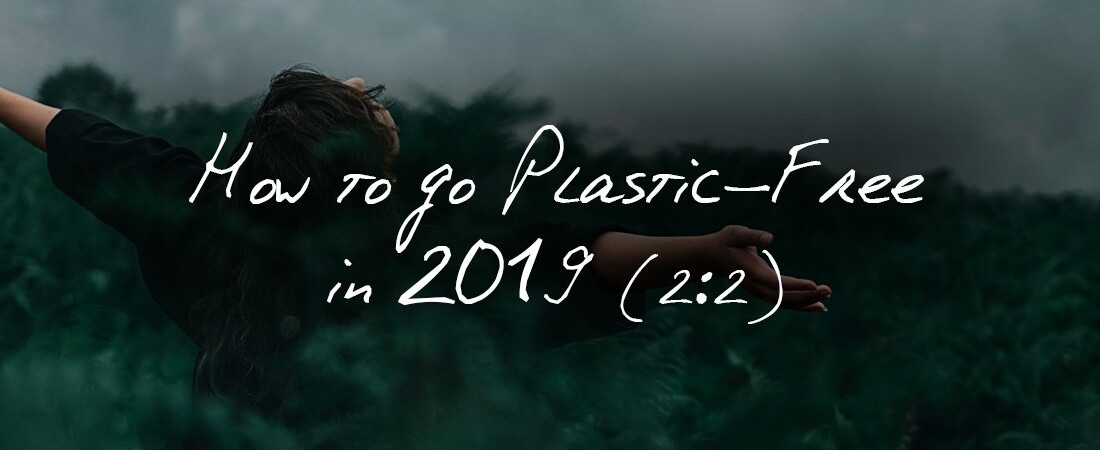
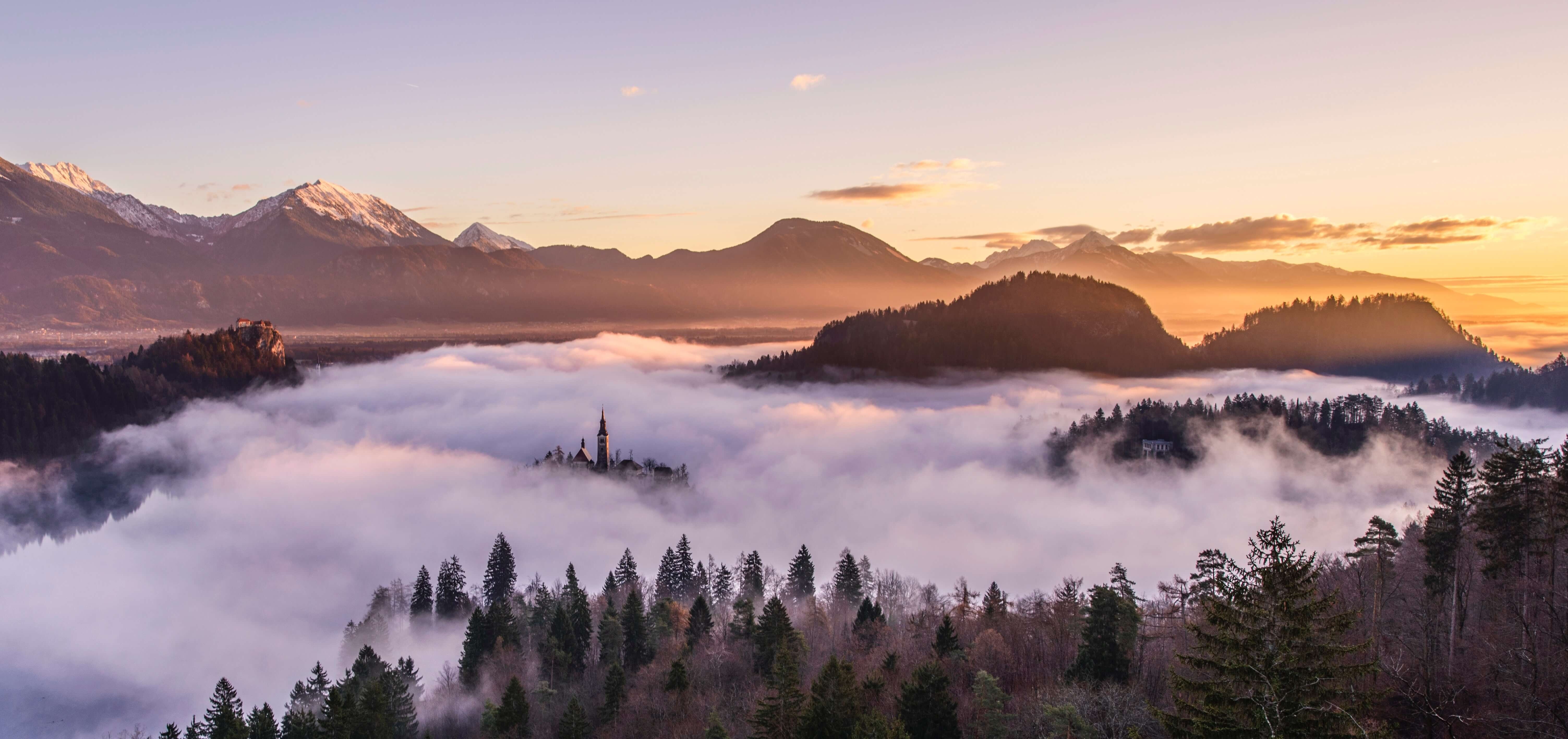
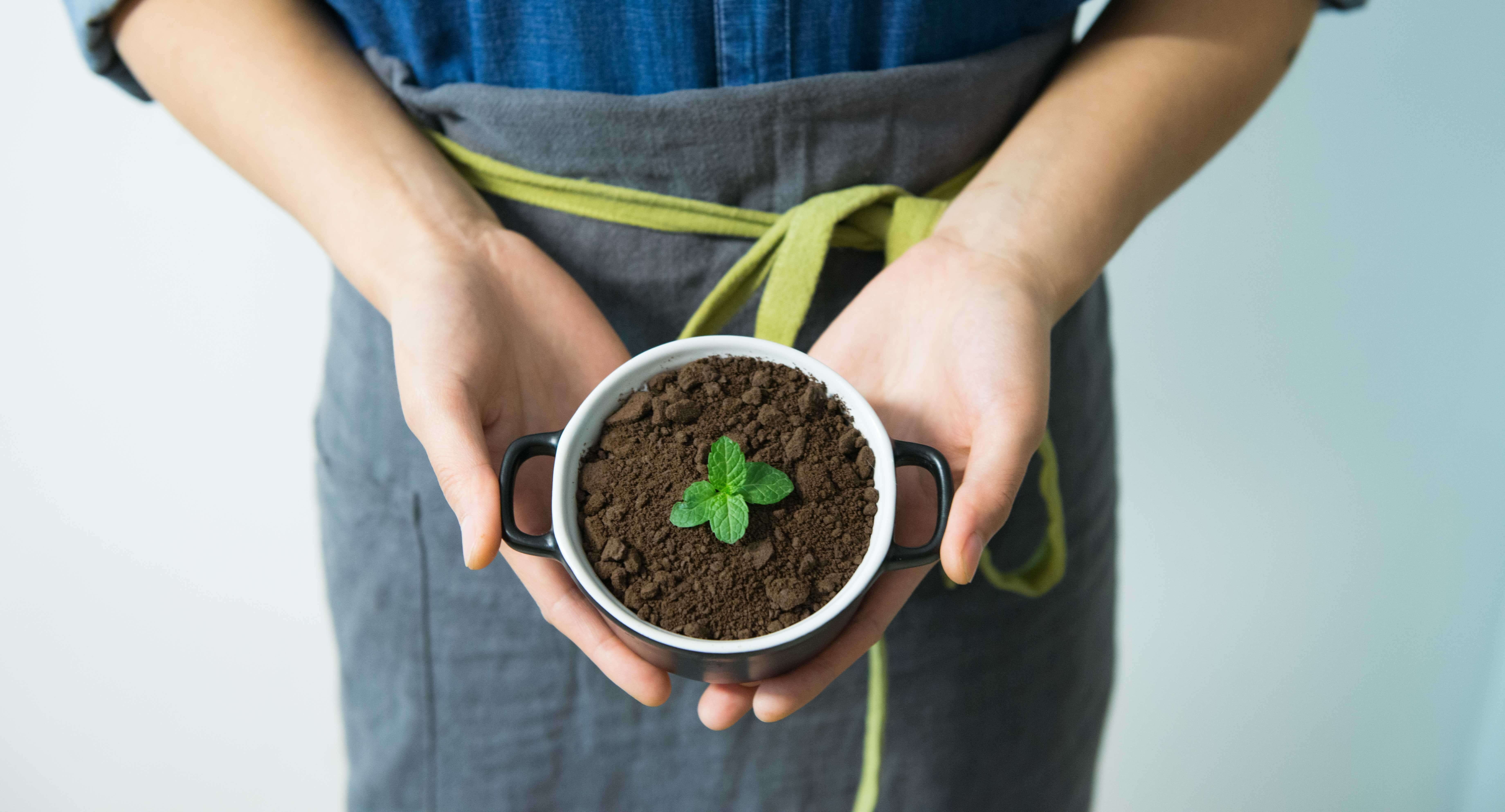
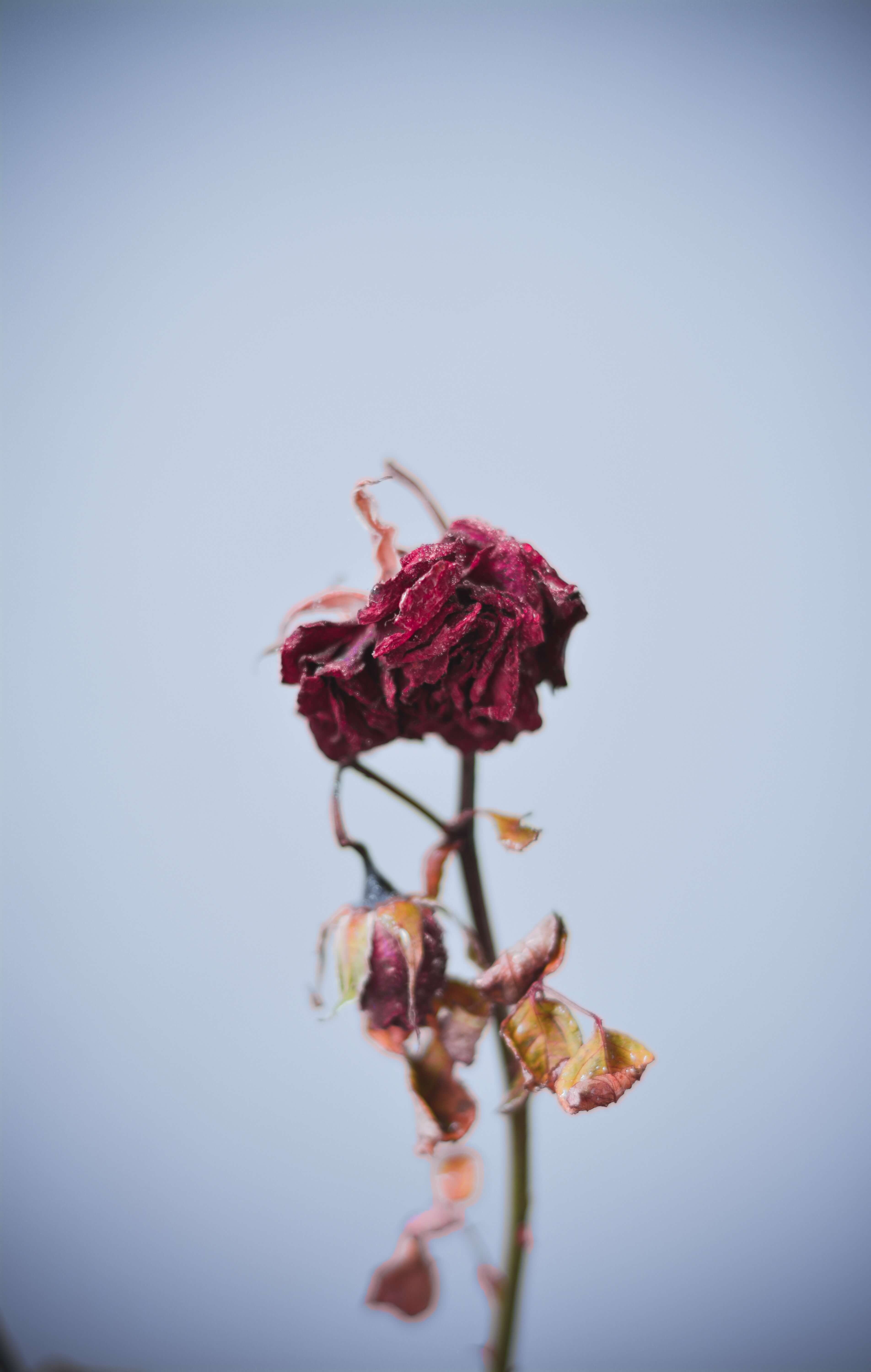
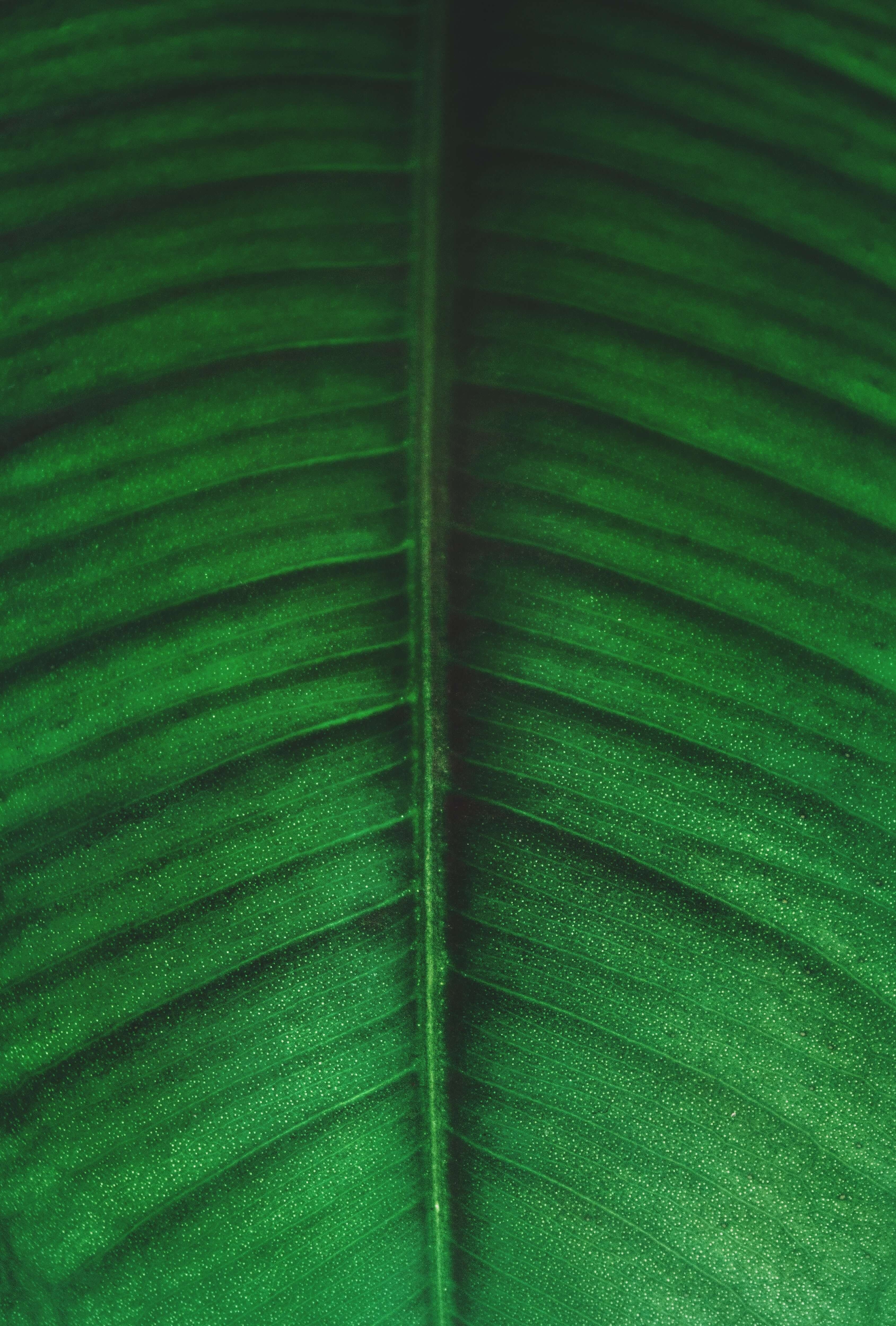
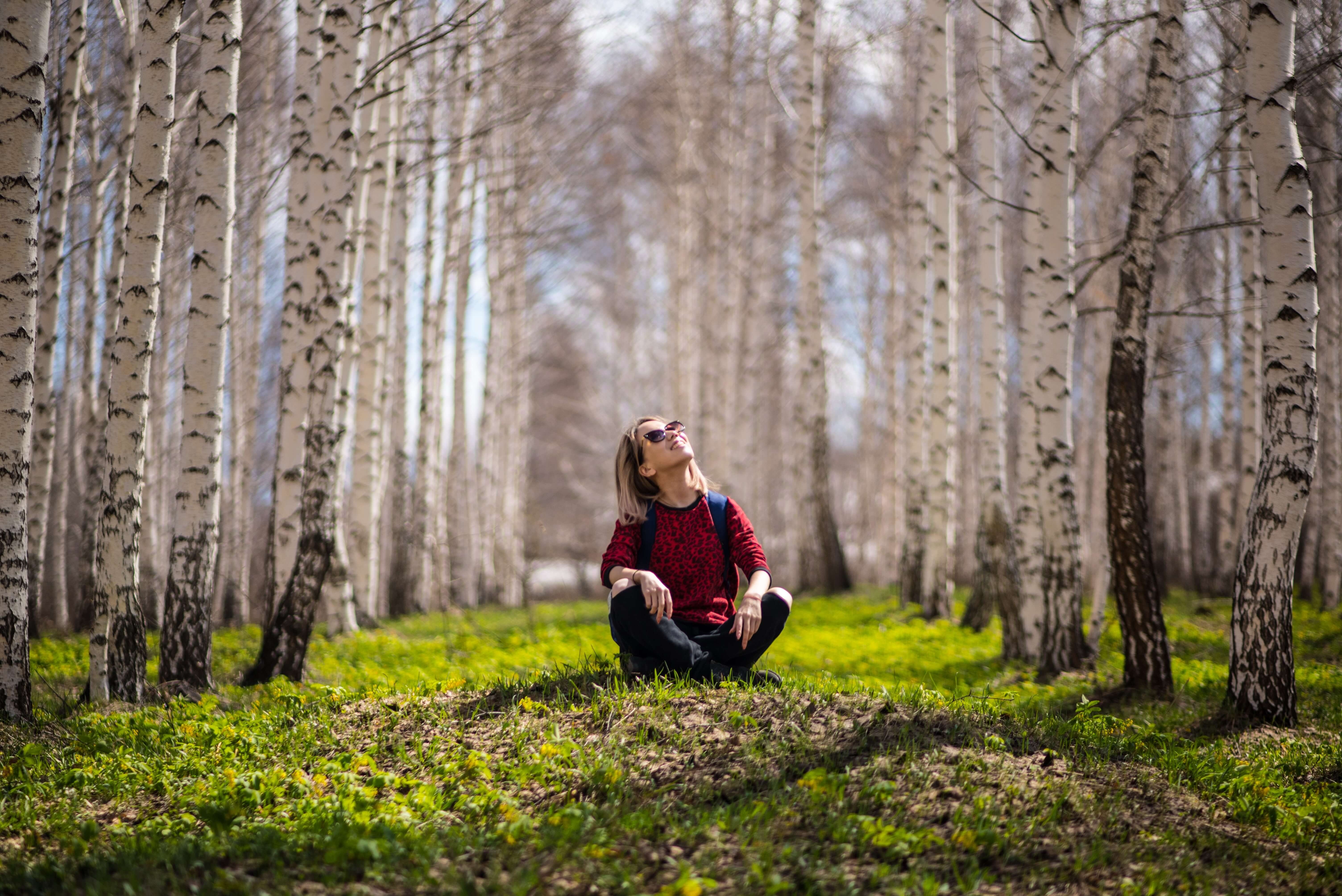
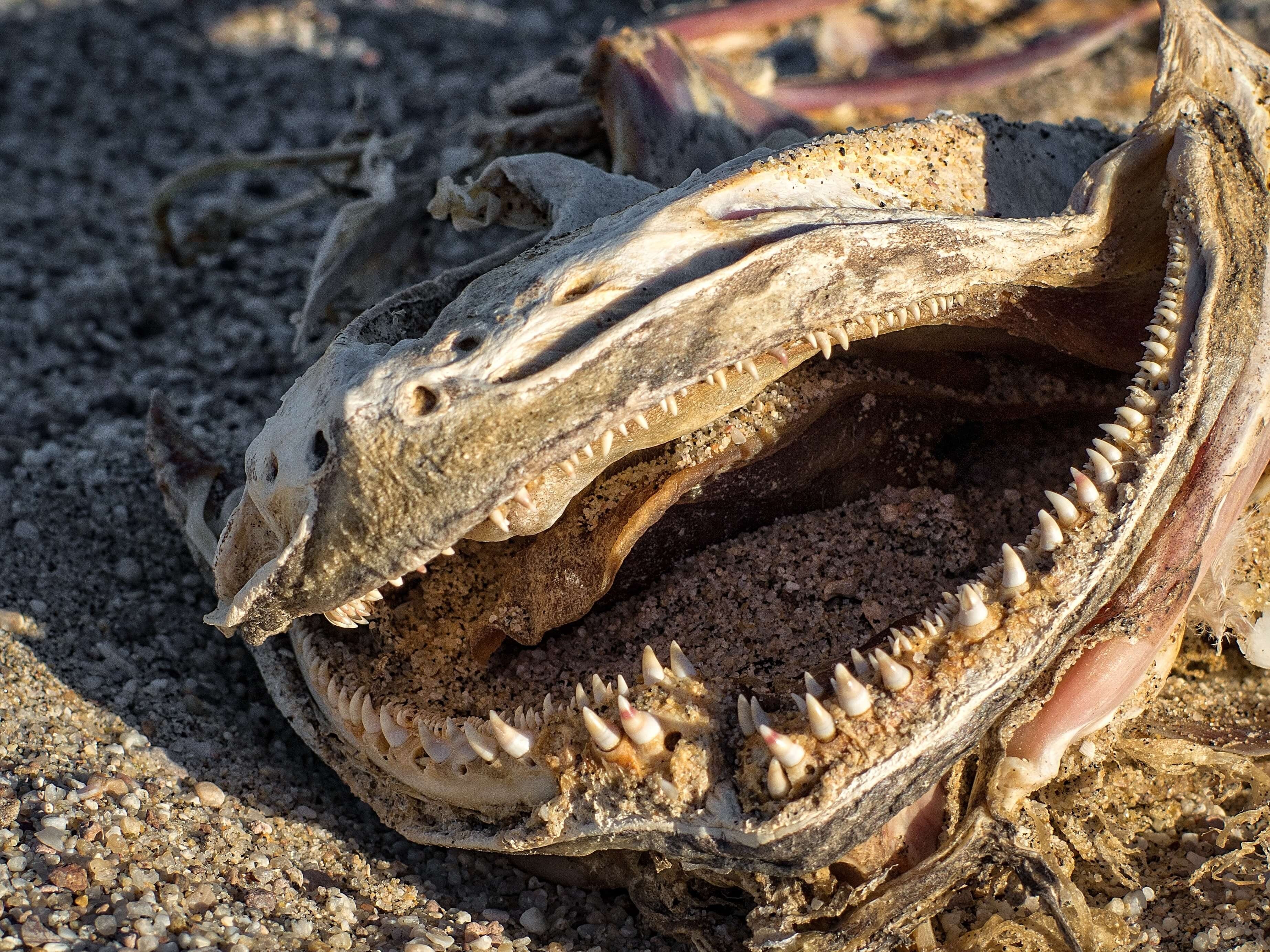
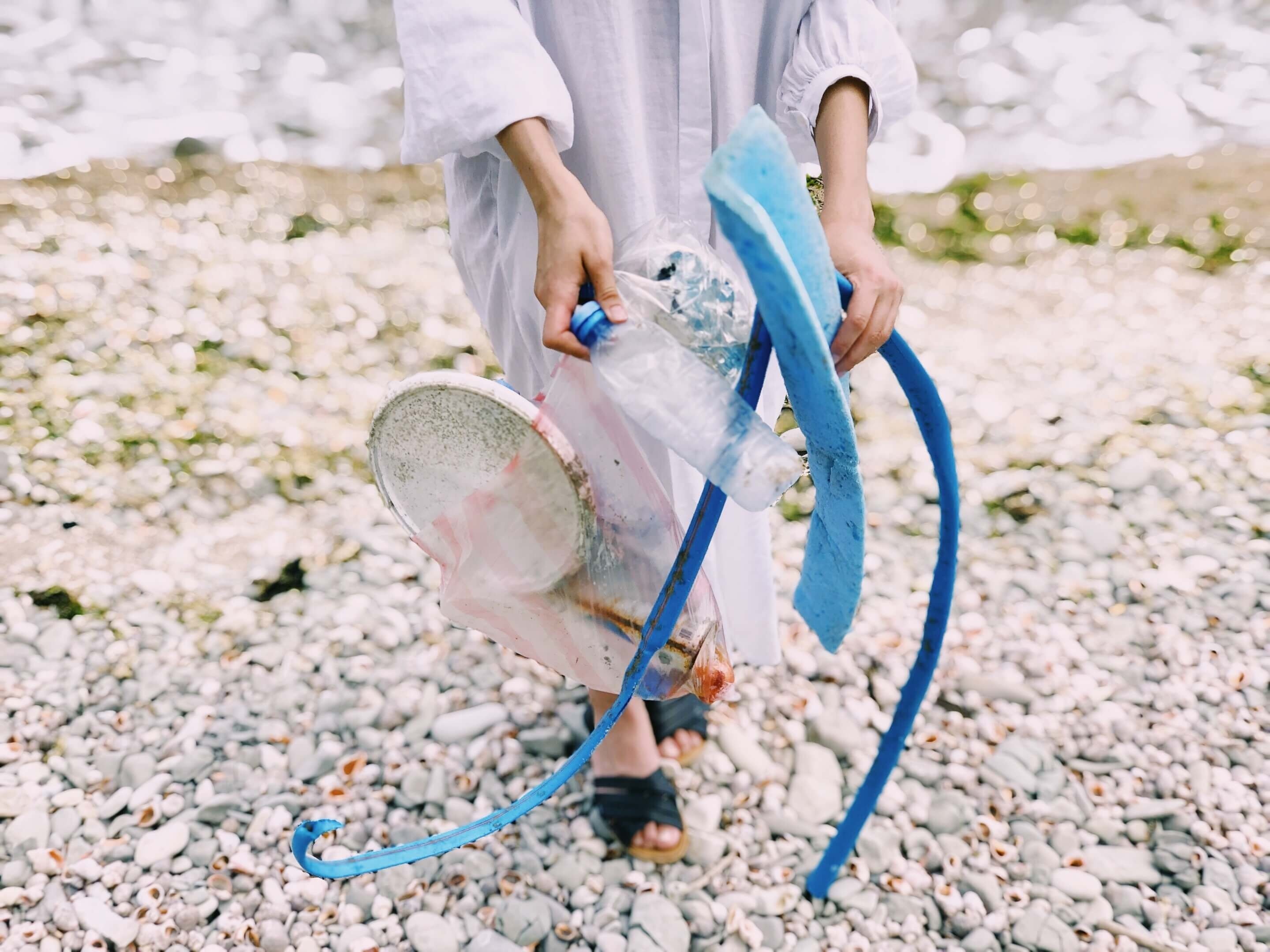
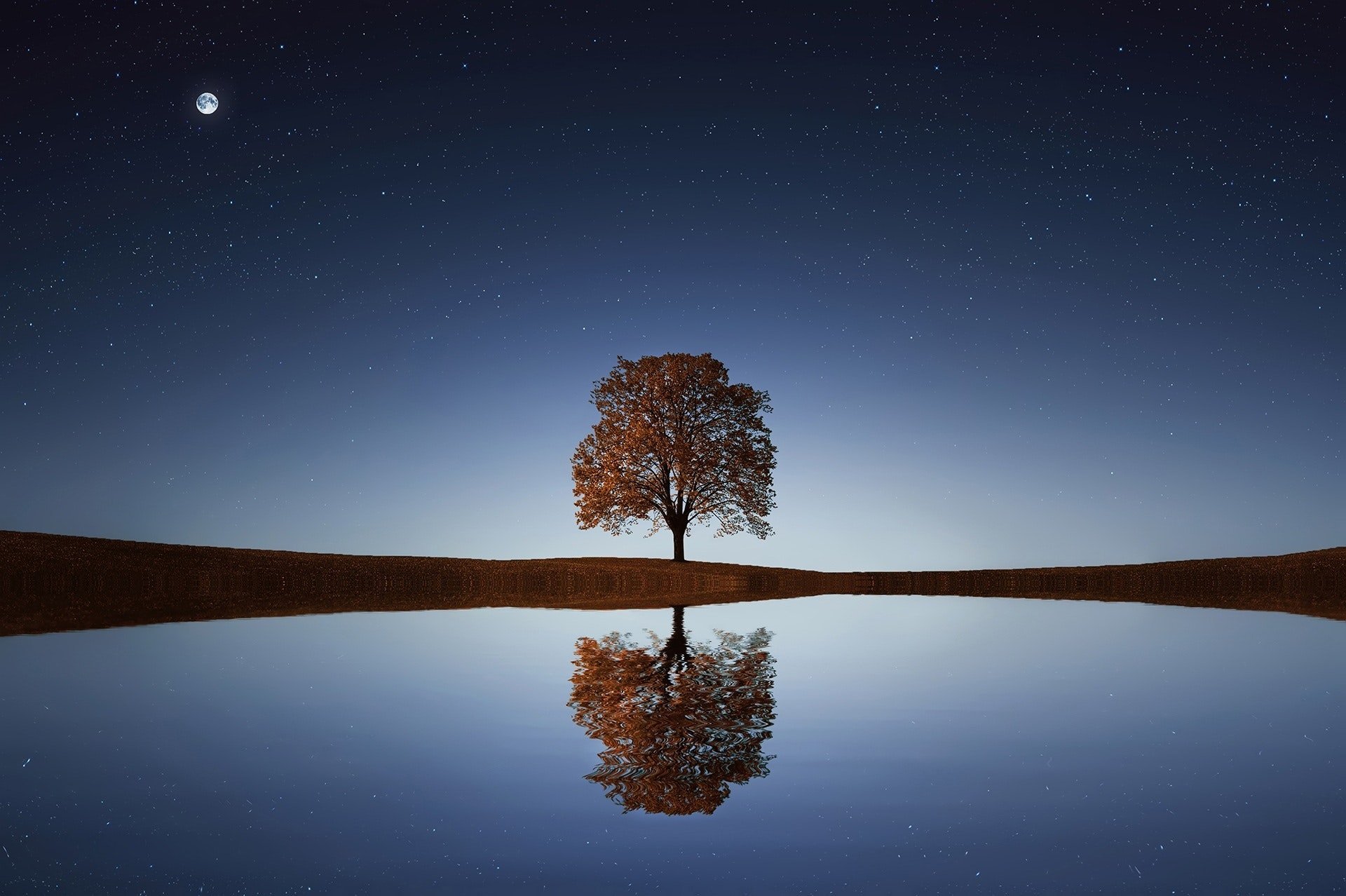




I’m on the plastic free journey, making lots of changes.
I do have a question tho. At the moment I am taking my plastic tubs to the butchers to have my meat put straight in them, eventually I will swap them for metal boxes. But, can/ is it safe for metal boxes full of meat go in the freezer? My gut is telling me it is probably better than putting the plastic in the freezer, but I’m wondering if the metal will stop it freezing or something.
Or is it better to wrap it in the wax sheets?
Hi Tammy,
Thank you for getting in touch.
It’s great to hear you are making some fantastic changes!
I use my metal containers to freeze meat all the time and haven’t had any issues with the meat not freezing or any troubles at all. I wouldn’t recommend using wax wraps for raw meat or fish as you wouldn’t be able to use them for anything else. I would highly recommend the stainless steel containers, they are fantastic for all sorts 🙂
I hope this helps, please let me know if you have any more questions at all.
Charlotte